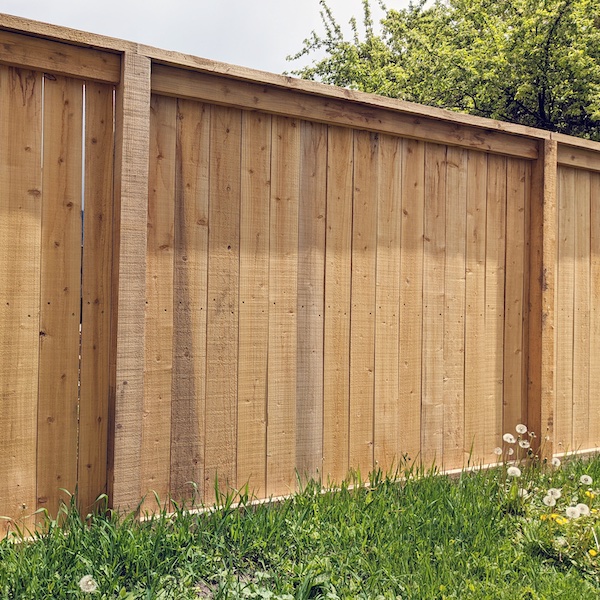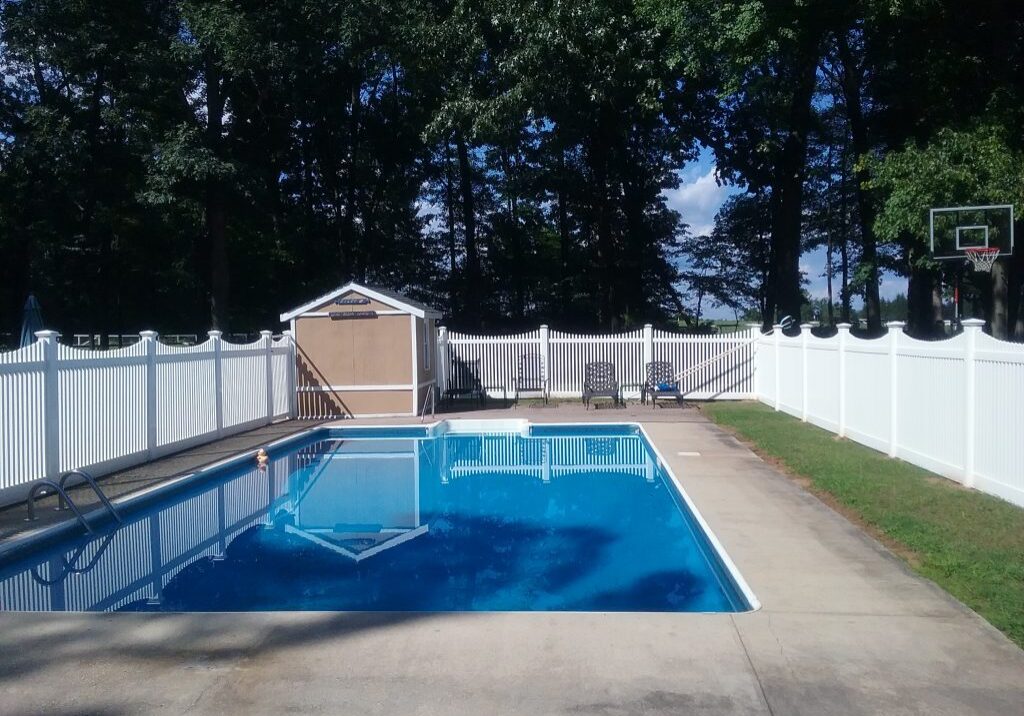Featured

When taking into consideration setting up a fence on your property, one of the most essential actions is to comprehend whether you require a permit. The particular permits needed can differ depending on your area, the kind of fence you plan to mount, and the height or placement of the fencing.
Why You Required an Authorization for a Fencing Installation. A fence permit is essential to make sure that the installment satisfies local laws. The permit process assists local authorities verify that your fencing does not interfere with website traffic exposure, regard your building lines, or breach height limitations. It additionally ensures the safety of the framework, so it does not posture a danger to you, your neighbors, or the public. Mounting a fencing without an authorization can cause penalties, elimination of the fencing, or hold-ups in building, so it's important to check whether a permit is needed prior to starting your project.
Kinds Of Licenses You May Require. There are a few typical types of permits you might need for a fence installment:
Structure Permit. A building permit is the most usual license needed for fencing installments. This permit makes certain that the fence satisfies security requirements and is constructed according to neighborhood structure codes. A structure authorization is normally required if the fencing goes beyond a specific elevation (usually 6 feet), is made from certain products, or lies near a public sidewalk or roadway.
Zoning License. A zoning license may be called for to validate that your fencing adheres to neighborhood zoning laws. Zoning laws can determine where a fence can be put on your residential property, exactly how high it can be, and whether it is admitted certain locations (such as along residential or commercial property lines or ahead lawns) Some districts have regulations limiting the height of fences in the front lawn to guarantee visibility for chauffeurs and pedestrians.

Problem Permit. You may need a trouble authorization if you are constructing a fencing near your residential property line or close to a street. A problem refers to the range a structure, including fencings, must be from the home line. Problem regulations differ by place, and making sure that your fencing is positioned properly can avoid problems with next-door neighbors and stay clear of offenses.
Home Owner Association (HOA) Approval. If you reside in an area governed by a Homeowner's Organization (HOA), you may need authorization from them along with neighborhood licenses. HOA guidelines commonly cover the sort of products, elevation, style, and shade of fencings. Even if your regional federal government doesn't require an authorization, your HOA might still have certain standards that need to be adhered to.
Exactly How to Make An Application For a Fencing License. To request a fencing authorization, you'll need to call your local structure department or preparation office. The application procedure generally involves submitting a kind, paying a cost, and sending a site strategy of your residential property that reveals the proposed location of the fencing. You might likewise require to include information regarding the materials, height, and layout of the fence.
In some cases, a regional official might require to check your property before approving the license. As soon as the license is granted, you will be authorized to wage your fence installation.
When Is a Permit Not Needed? In particular situations, an authorization may not be needed. These circumstances can include:
Reduced Elevation Fences: In several locations, fences that are below a specific height (often 3 to 4 feet) might not require a license, particularly if they are positioned in the yard or other non-visible areas.
Fence Replacement: If you're changing an existing fencing with the same elevation and material, some locations might not require a brand-new authorization.
Non-Obtrusive Fencings: Short-lived or decorative fences, such as those used for horticulture or landscape design objectives, might not call for permits as long as they are not long-term and reduced.
Nevertheless, it is very important to consult your regional zoning workplace or building division, as laws can differ by jurisdiction.
Repercussions of Not Acquiring a Permit. Failing to get the necessary licenses can cause considerable effects. These consist of fines, forced elimination of the fencing, and even hold-ups in construction. Furthermore, if your fencing doesn't fulfill regional guidelines, you might deal with lawful concerns with next-door neighbors or local authorities.

Conclusion. By ensuring that you adhere to local laws and get the necessary licenses, you can make sure and prevent costly mistakes that your fencing is legitimately compliant. Check with your local structure division, HOA, and zoning office to establish what permits are needed for your specific fence job.
Latest Posts
Protect and Enhance Your Home with Weathercraft's Siding Solutions
Published May 26, 25
1 min read
Uncover the Best Auto Repair Deals in Montclare, Chicago
Published May 25, 25
1 min read
How Routine Car Maintenance at Montclare Auto Repair Saves You Money
Published May 25, 25
1 min read